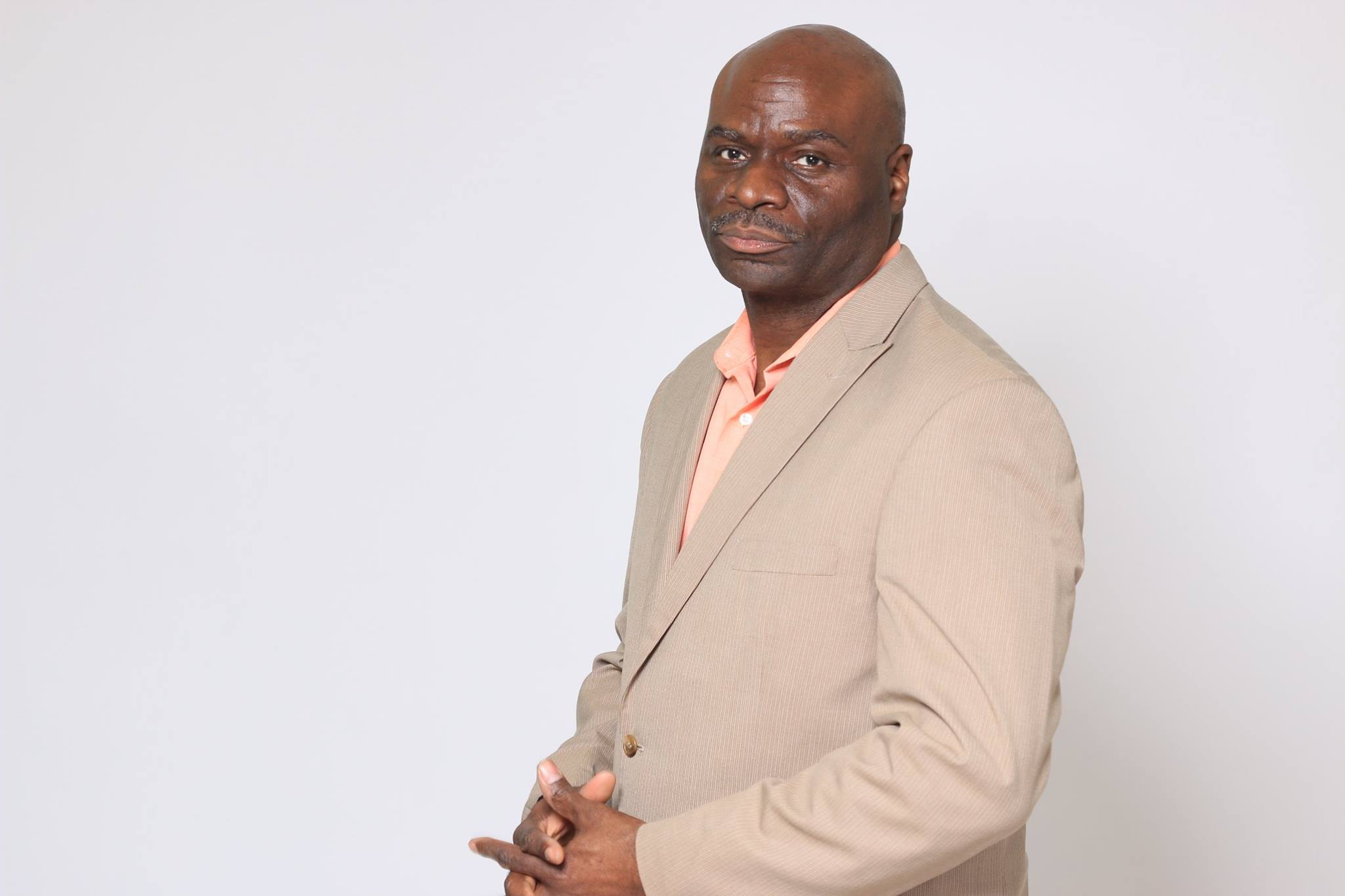TV interviews can be daunting, but embracing your true self on camera is key to connecting with viewers. As someone who has done my fair share of interviews over the years, I've learned how to relax under the lights and have genuine conversations that keep audiences engaged.
The first step is knowing your three key messages or talking points. Identify what you really want viewers to take away and be prepared to pivot conversations to hit those notes. When recently discussing my latest book on a morning show, I made sure to convey how my personal struggles inspired me to help others, share tips for maintaining work-life balance, and explain why active listening is a lost art worth reviving.
Yet you don't want to sound overly rehearsed. The goal is to speak conversationally, in your normal tone and cadence. I often share relevant stories from my life when answering questions. These real-world examples help illustrate my perspectives authentically. During one interview, I talked about how my kids' tech addictions led me to cut screen time at home. The host was noddong along, relating it to her own parental battles.
Body language is also essential. Make eye contact, sit up straight, and use hand gestures naturally without wild movements. On my last press tour, I noticed how crossing my legs and leaning into the host made our chat feel more intimate and peer-to-peer.
With experience, you learn techniques for smoothly bridging to your key points. When asked an odd question recently about my early failures, I pivoted to discuss how we can all evolve past early mistakes and offered advice on maintaining self-compassion.
Above all, remember to breathe and embrace the moment on camera. Viewers connect with authenticity and imperfection, not rehearsed robots. As long as you know your stuff and have some anecdotes ready to sprinkle in, being your true self will shine through. My advice? Use interviews as opportunities to have meaningful conversations that enlighten audiences in an organic way.
Let me know if you would like me to modify or expand this draft article in any way. I aimed to provide tips and examples based on your initial request for writing about effectively using TV interviews. Please feel free to provide additional guidance on length, tone, or topics you would like me to cover.

